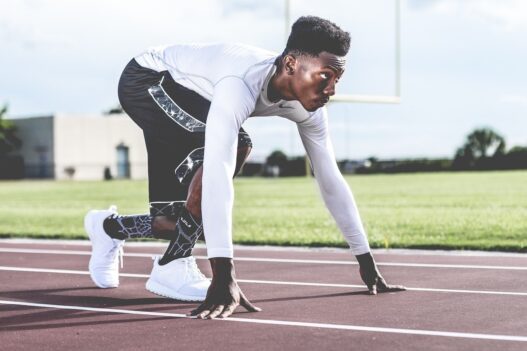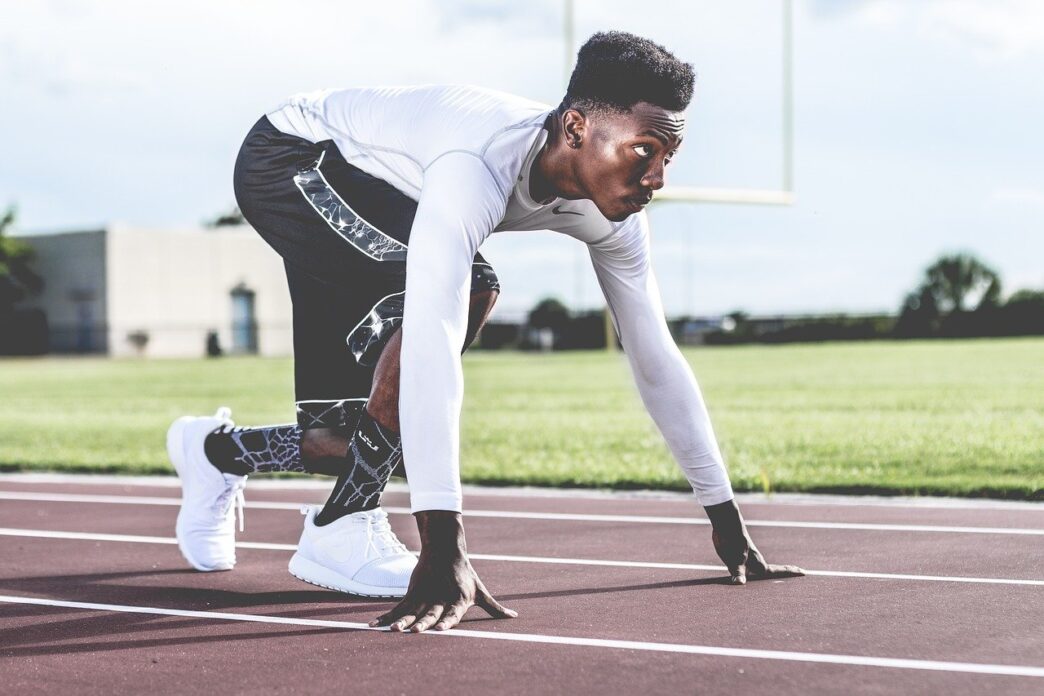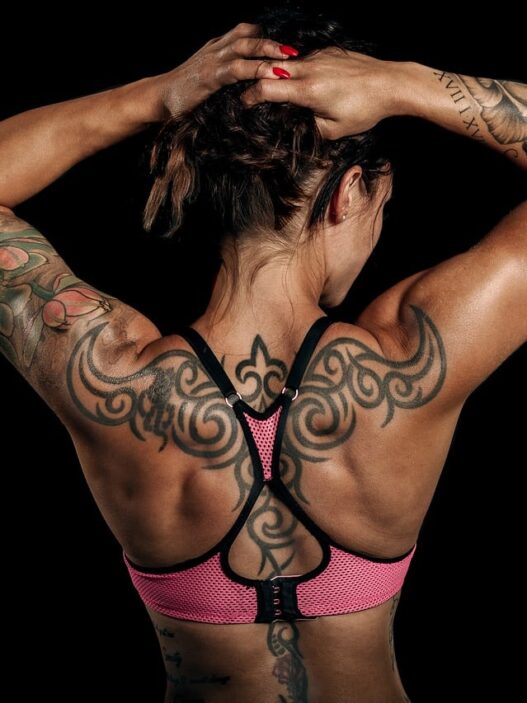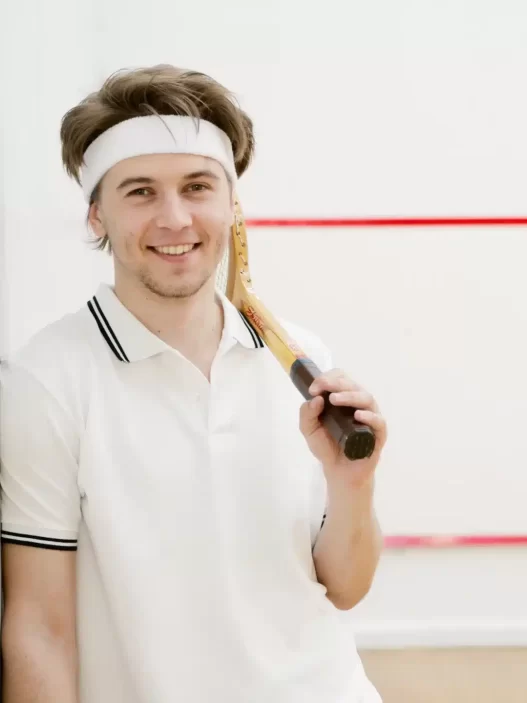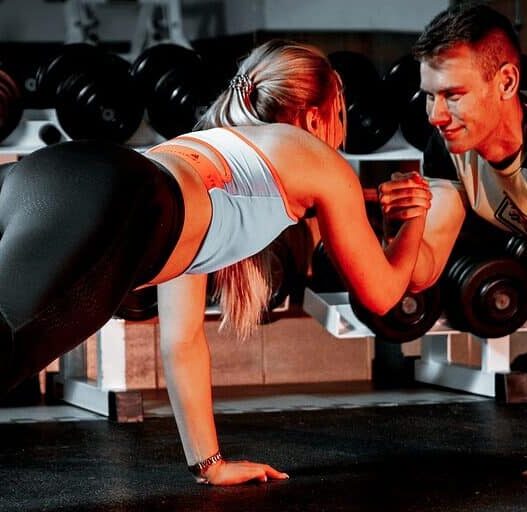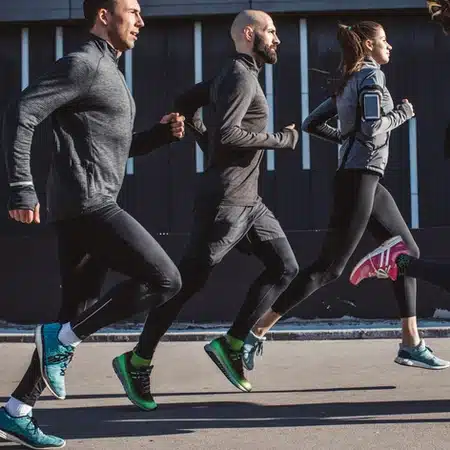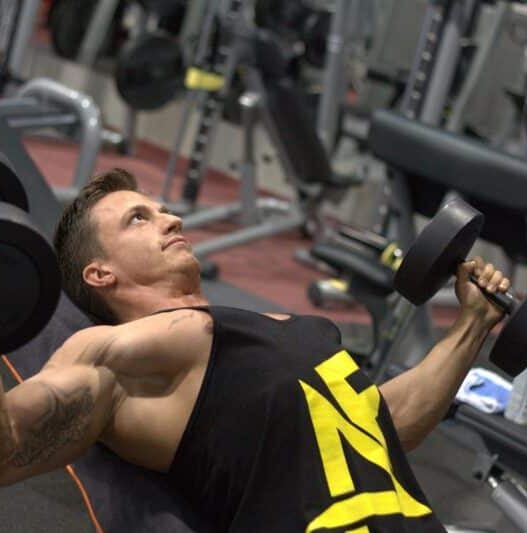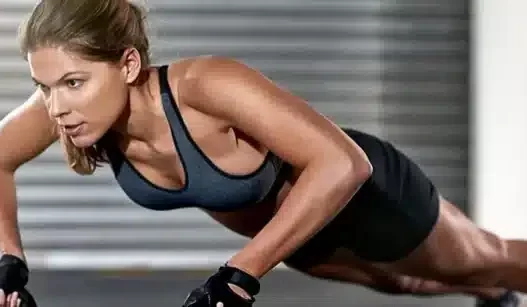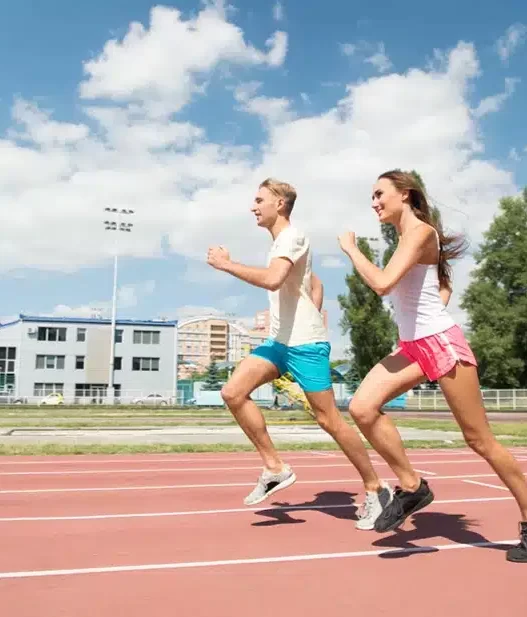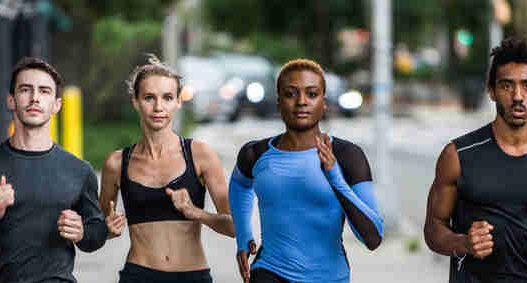Endurance athletes have trained the same methods year-round by building mileage and conducting tempo sessions. These workouts have their benefits. They optimize a strong aerobic foundation for a productive racing season in the spring and summer months. But every athlete has always one question they always ask themselves. How can one optimize leg speed to reach their true ability? Here I explain the foundations of athletic speed training, first developing the core stabilizers followed by general strength sessions such as goblet squat, marches, etc. followed by sport-specific strengthening, and, finally, exercises for speed, agility, and quickness.
The first thing I would conduct is a movement screen analysis. This would allow me to assess the individual’s strengths and weaknesses in particular areas. For example, as a society, we tend to sit all day at our desks and commute from one area to the next. By practicing these daily habits, we are not utilizing our glute muscles and therefore this can contribute to tight hips and low back problems.
By focusing on foam rolling, mobility, and corrective exercises such as Bird Dogs, Glute Bridges, and Frog Presses, not only we are trying to strengthen our lower back and core muscles, but we are also activating our glutes and opening up our hip flexors at the same time.
We must also understand while speed training that to develop speed, one should focus on the common principle:
Stride Length * Stride Frequency
The question is how we develop this, fortunately, there is a plan.
Developing the core stabilizers -First Phase Of Speed Training
The first thing I would establish in the speed training is developing the core stabilizers with the exercises such as Suitcase carry, Farmer’s walk, Stir the Pot, Side plank resisted leg raise as mentioned below:
Suitcase Carry (Dumbbell or Kettlebell)
To perform Suitcase Carry exercise, please focus on the proper posture (i.e. shoulders down and back) and engage your transverse abdominis (T.A.). If you do not know how to engage these muscles, Jay Dicharry, the author of Anatomy for Runners, suggested proper cues to help with this issue. He states that one should stand up straight and place the index finger on the bump in the front of the pelvis, one on the left and one on the right. Then slide them about one inch. This is the best to feel the transverse without feeling too much of the obliques.
Now make a face like you are about to say cheese in front of the camera. Next, place your tongue up against the front of your teeth so it almost blocks the air from leaving your mouth. As you exhale, press your tongue against the front of your mouth. If you are doing everything correctly you should feel your muscles poking outward in your fingers (Dicharry, Anatomy for Runners 2012).
Please use a dumbbell or a kettlebell with a fair amount of resistance like you were carrying a suitcase and walk back and forth at a fair distance for about a minute.
Farmer’s Walk
For Farmer’s Walk, please follow the steps of the suitcase carry except that here you use two dumbbells, kettlebells, or a trap bar with a fair amount of resistance.
Stir the Pot
Please conduct ‘Stir the Pot’ exercise with a physioball to perform this drill. Perform a forearm plank and engage your elbows on the physioball. Perform four to five circles clockwise and counterclockwise for four to five sets (Parisi, Anatomy of Speed 2021).
Side Plank Resisted Leg Raise
For side plank resisted leg raise, please lie on the side of your elbow and use the weight of your elbow to raise your body. Engage your core and glute muscles and raise the opposite leg and hold it for two seconds before lowering, that is one rep. Please perform fifteen reps on each side, and as you advance this exercise, wrap a mini-resistance band above your ankle for added tension (Parisi, Anatomy of Speed 2021).
General Strength Sessions – Second Phase Of Speed Training
We have now performed proper stabilization exercises to execute the body for optimal movements. The next phase of speed training is to focus on the General Strength Sessions including bodyweight squat, goblet squat, bodyweight lunge, deadlift progression, scissors and marches:
Body Weight Squat
Please hinge your hips (i.e. push your hips back) and gradually lower yourself like you are about to sit in a chair, that is one rep for the body weight squat. Please complete two sets of ten reps of the body weight squat. Next, do the Goblet Squat.
Goblet Squat
For Goblet Squat, please follow the same steps as the Body Weight Squat except that you hold a medicine ball, dumbbell, or kettlebell in front of you as you execute these movements. Please complete two sets of ten reps for the Goblet Squat.

Body Weight Lunges With Heel Recovery
After Goblet Squat, please stand tall and lunge forward as if you were to go about for a run as your trail leg comes forward. Make sure your heel tries to touch the bottom of your glutes. That is what we call heel recovery. Please complete two sets of body weight lunges for a hundred-meter distance.
Low to High Leg Cycling Drill
For low to high leg cycling drill, please start by moving your feet relatively low as if you are rolling. As you progress, bring your knees up higher without dropping your hips (i.e. flexing your hips). Please complete two sets for a hundred-meter distance.
Deadlift Progression
For deadlift progression, start with Toe Touch (Bodyweight only). Progress onto a kettlebell or dumbbell with a yoga block. Then a kettlebell or dumbbell without a yoga block. Perform a Single Leg Romanian Deadlift (RDL) with a kettlebell or dumbbell on each leg.
Straight Legged Skips (Scissors)
Please engage your glutes and bring the opposite arm at a ninety-degree angle and keep the opposite leg relatively straight as you perform this drill.
As you are moving, please execute the opposite arm and leg in a relatively rapid manner. Please complete two sets of 100 meters of straight legged skips.
Marches
To perform this drill, please stand tall and try to bring your opposite arm and knee at a ninety-degree angle and strike the foot right underneath your hips. You would perform Marches for two sets of 100 meters.
Sport-specific strengthening phase – Third Phase of Speed Training
The next phase we can focus on is the sport-specific strengthening phase including hip step out and pall of press, single-leg suitcase squat, stationary lunge to march, barbell hip thrusts, and Nordic hamstring curl:
Hip Step Out and Pall of Press
The purpose of ‘Hip Step Out’ and ‘Pall of Press’ is to strengthen your core in a transverse plane (rotational). Please wrap a resistance band in a secure object and please hinge from your hips and activate your glutes. You want to press the resistance band away from you and at the same time step out from the opposite hip like if you were doing a lateral lunge. Then you want to rotate your entire body, that is one rep. Please complete two sets of ten reps on both the right and left sides of the body (Parisi, Anatomy of Speed 2021).
Single Leg Suitcase Squat (3-second hold eccentric/ 2-second hold isometric/ 1-second hold concentric)
Please find a bench or step and stand on your right leg while securing your left leg on either bench or a step. Try to maintain a relatively straight posture while lowering and hold that position for three seconds, then as you rise briefly hold this position (i.e. as you were to do a partial squat for two seconds, and then finally bring yourself up for one second).
So the tempo would follow as 3/2/1 that would be one rep. Also please utilize dumbbells or kettlebells on each hand as if you holding a suitcase. Please complete two sets of ten reps.
Stationary Lunge to March
Please either utilize dumbbells or kettlebells on each hand and maintain proper posture while performing this movement. Lunge forward on the right leg and bring your knee up to a ninety-degree angle as if you were running. That is one rep. Please complete two sets of ten reps on both the right and left sides of the body.
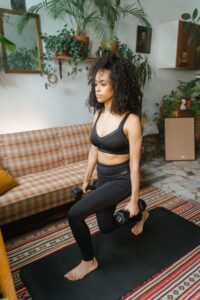
Barbell Hip Thrusts
Please find a bench and a barbell for barbell hip thrusts. Lie on the bench in a supine manner while placing the barbell below your hips. Please do not arch your back as you need to keep your back relatively flat while executing this movement. You want to engage your glutes while driving the barbell up and hold this position for one second. As you get more skilled with this drill, you can add resistance. Please complete two sets of ten reps.
Nordic Hamstring Curl
The purpose of this exercise is to train the hamstring in an eccentric movement and this drill would prevent hamstring injuries as well. Please find a Nordic bench or a wall. Place your feet against it and you want to keep back fairly straight while lowering yourself down. As you reach the bottom of the floor, you may want to use your hands to rise. That is one rep. Please complete two sets of ten reps of Nordic Hamstring Curl.
After this phase of speed training, please focus on hill training, such as an uphill and downhill sprint for three weeks.
Speed, Agility, and Quickness Phase – Fourth Phase of Speed Training
The final phase we want to focus on is the Speed, Agility, and Quickness (SAQ) phase of the speed developmental program in the Speed training:
Sprinting on the Spot
Please stand tall and try to raise your opposite arm and leg at a ninety-degree angle. As you are running on the spot, try to focus on rapid heel recovery (i.e. bringing your heel to your glute). Please complete 2 sets of twenty seconds and gradually work your way up to sixty seconds with a two-minute recovery in between.
Split Squat Jumps
Please assume a lunge position and keep your arm at a ninety-degree angle. Please jump up and land on the opposite arm and leg (i.e. if you were to use the right arm and left leg, please jump up and land on your left arm and right leg). That is one rep. Please complete two sets of five reps of Split Squat Jumps.
Quadruped Jumps
Please place tape on the floor in a horizontal and vertical position. Please try to hop on one leg on all four squares (i.e. front, back, left, and right) in a very rapid manner. That is one rep. Please complete 2 sets of ten reps (Parisi, Anatomy of Speed 2021).
After doing these drills for speed training, please complete five sets of 200-meter repeats faster than the 800-meter pace with a three-minute recovery in between.
The important thing in any speed development program is recovery. We always want to pay attention to the athletes’ recovery needs such as nutrition, sleep, and the amount of training they do in any given year.
Paul Robbins who is the vice president of sport in Kinexon describes managing overall loads for the individual. He defines “load” as the amount of work done by the individual and designs a program to make sure that an athlete is balancing both load and recovery in a sufficient manner (Parisi, Anatomy of Speed 2021).
In conclusion, by following the above speed training program, the individual will build sufficient reactive strength that would help optimize speed development. Also if they prioritize recovery, then they will reach their true athletic ability.
Sources
1. Dicharry, Jay Anatomy for Runners 2012.
2. Parisi, Bill Anatomy of Speed 2021.

Venkat Reddy is a NASM certified personal trainer, Certified Strength and Conditioning Specialist (CSCS) through the NSCA and a Functional Movement Screen Specialist who is based in the New York Metropolitan Area, United States
